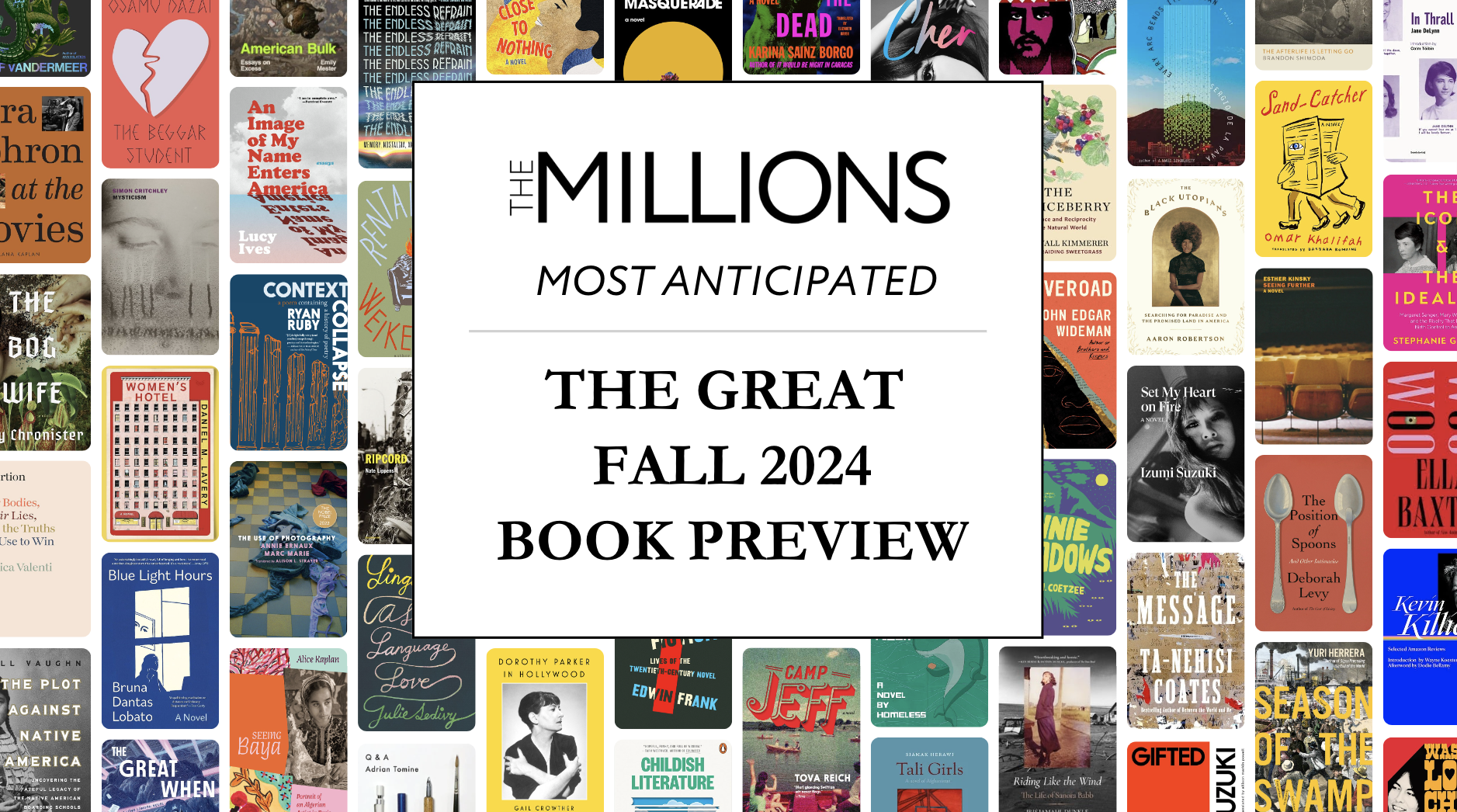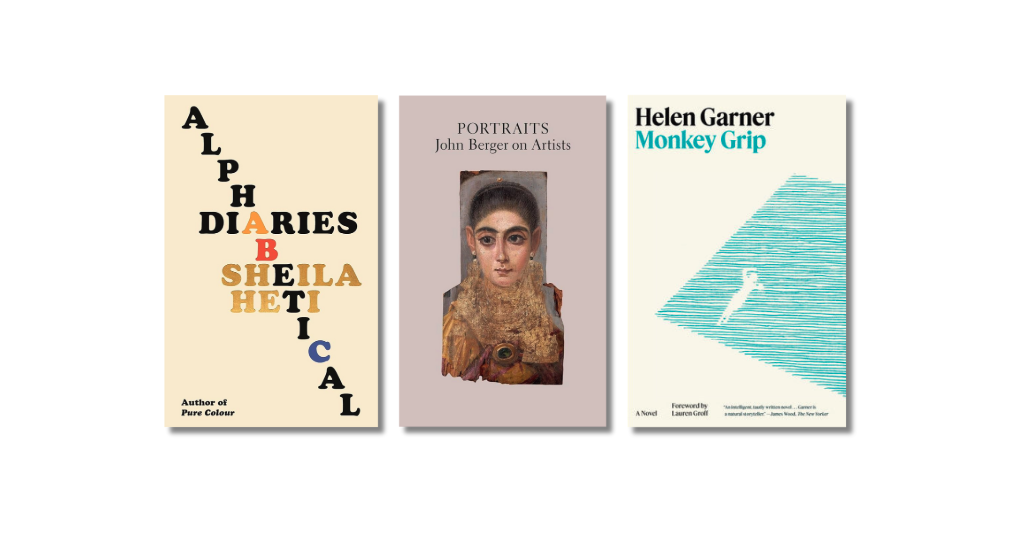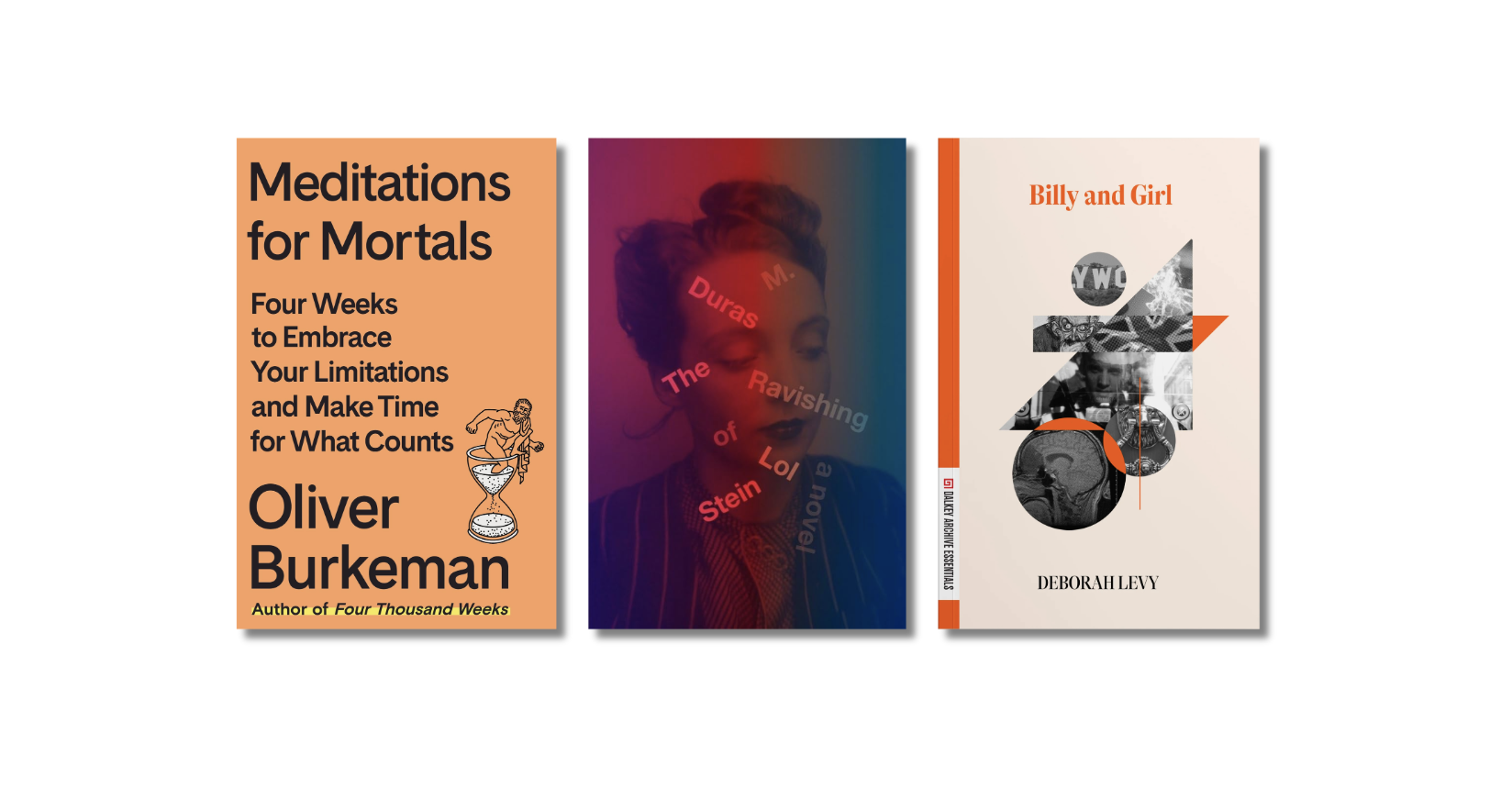Mrs. Millions and I don’t get to the theatre that often, but we went to see a play on Friday that I recommend to anyone in Chicago right now. The play is called “Recent Tragic Events” and it looks at the mundane – in this case a blind date – through the lens of tragedy and shock – this blind date is taking place on September 12, 2001. I recommend the play for three reasons. First, and this is the least of the reasons, I went to high school with the director, Mikhael Tara Garver. She helped start Uma Productions in 2001, and she does a really great job putting on this play. Second, the play was penned by Craig Wright who has written for the HBO show, “Six Feet Under,” and he brings that same sensibility to this play. Mixing death and banality, he is unafraid of both the seriousness and the humor that arise in such situations. Finally, and this is where the literary relevance comes in, I recommend this play because that most prolific of authors, Joyce Carol Oates figures prominently in the production. The play’s main character, Waverly, happens to be Oates’ grand-niece, and at one point all of the Oates books on Waverly’s shelves and stacked on the floor in a pile that reaches several feet high before tipping over. For some reason I always get a kick out of pokes at Oates’ prodigious literary output. But then, Oates herself appears, played by – get this – a sock puppet, and, while I know it sounds ridiculous, it’s somehow perfect hearing this bespectacled sock name drop Salman Rushdie and John Updike. The play runs through next weekend at Chopin Theater. If you’re in Chicago, check it out.









